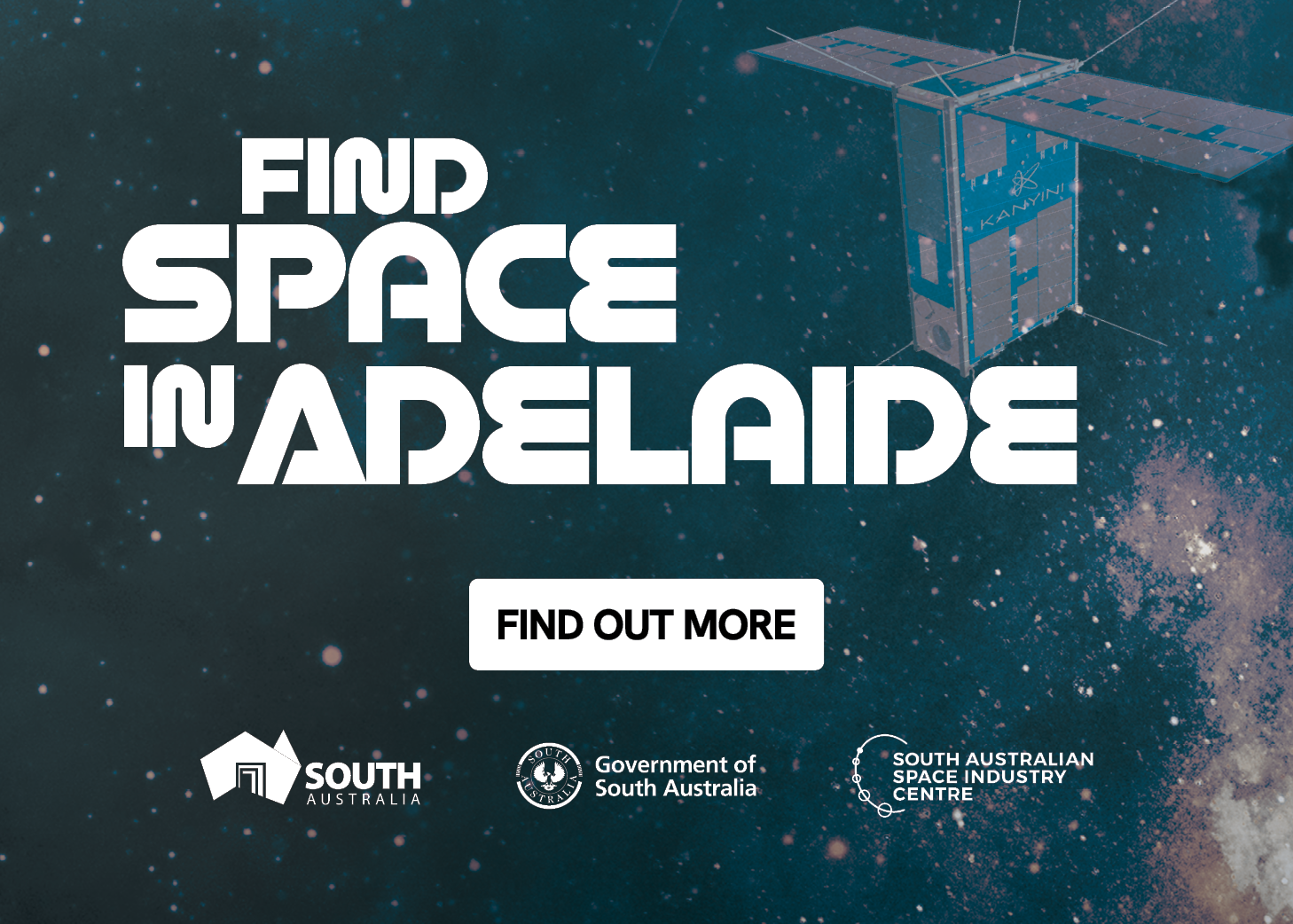The South Australian Government has partnered with the SmartSat Cooperative Research Centre (CRC) and local companies Inovor Technologies and Myriota to send a locally manufactured small satellite to low Earth orbit — the first State Government to ever embark on such a mission.
Scheduled to launch aboard Space X’s Transporter 11 mission from Vandenberg Space Force Base in California, the $6.5 million Kanyini mission marks an exciting leap for the Space State. It enhances South Australia’s space capabilities and paves the way for future investment and growth in the sector, both domestically and internationally.
With the SmartSat CRC as mission lead, the satellite was designed, built, and tested at Adelaide’s Lot Fourteen by Inovor Technologies, with Myriota providing essential Internet of Things (IoT) services.
The mission also highlights the benefits of international collaboration, with the integration of the HyperScout 2 payload from Dutch company Cosine, which will enable smart processing of hyperspectral data directly in orbit.
“As the Space State, the South Australian Government is very proud to support this mission” said Matt Opie, South Australian Space Industry Centre Chief Executive.
“Even before launch, the mission has had a major impact in developing the skills, know-how and capabilities of South Australia’s space sector. The experience of this build expands our satellite design and manufacturing expertise, and also builds capability that will long outlast the mission.”
Equipped with dual IoT and imaging payloads, the Kanyini satellite has been designed to deliver essential space data to government and research institutions, enhancing state services. It will aid in emergency response by tracking disasters and managing damage, support environmental monitoring by detecting deforestation, mining activities, and sea surface temperatures, and improve bushfire management by detecting fires early and monitoring their spread. Overall, this data enhances efficiency, enables proactive management, and boosts community safety.
The South Australian Government will be among the first to leverage this data capability, recently committing an additional $500,000 to pilot two new research projects utilising data from the satellite.
The projects will explore the use of thermal imagery and AI-based analytics to monitor surface temperatures and biodiversity, aiding government agencies in areas such as heatwave management and providing a better understanding of land use.
“Harnessing the power of space data unlocks opportunities for us to understand and protect our environment, as well as deliver tangible benefits to our communities,” Matt said. “The Kanyini satellite exemplifies this potential, with planned research projects set to provide insights derived from space to support experts on the ground make informed decisions to tackle environmental management and sustainability challenges.”
Beyond building capability across the local space sector, the Kanyini mission has highlighted the exciting career opportunities in the space industry. Matt praised the talented team of engineers and future space leaders who have been instrumental in the satellite’s development.
“I thank the talented team involved for their passion and commitment to the mission so far, and eagerly anticipate a successful satellite launch,” Matt added. “Kanyini will inspire a new generation of students and young professionals to pursue careers in South Australia’s space sector, and I look forward to seeing this realised.”
Follow Kanyini’s journey at www.kanyinimission.com.au
image The Kanyini project team with the Kanyini satellite, packed up and ready to be shipped to SpaceX in California, USA






